Computer Engineering
Physicsworld
407

Image Credit: Physicsworld
Robert P Crease: ‘I’m yet another victim of the Trump administration’s incompetence’
- Robert P. Crease, a researcher at Stony Brook University, received a termination notice for his National Science Foundation (NSF) award, along with 400 other researchers, due to the Trump administration's decision to reclaim $233 million in grants.
- Crease questioned the validity of his termination, as his project aimed to enhance national scientific facilities and was well within the NSF's mission.
- He speculated if certain words in his proposal led to the termination, but later discovered that the NSF database had erroneous information about his grant, leading to a mistaken termination.
- After contacting the NSF and Stony Brook's grants-management office, it was revealed that his termination was an error, and the NSF retracted the notice.
- Crease reflected on the incompetence of various US agencies and felt guilty for being upset about the termination of his award, which was nearly completed.
- The retraction of his termination highlighted the flaws within the Trump administration's handling of research grants and administrative decisions.
- Crease expressed his intentions to continue studying the government's approach to science and its citizens, using his experience as a victim of administrative incompetence.
- Despite the challenges faced, Crease acknowledged his badge of honor, not for threatening the administration but for being subjected to its inefficiency.
- In conclusion, Crease's recount serves as a testament to the repercussions of administrative errors and the impact on academic research and its stakeholders.
Read Full Article
24 Likes
Physicsworld
279
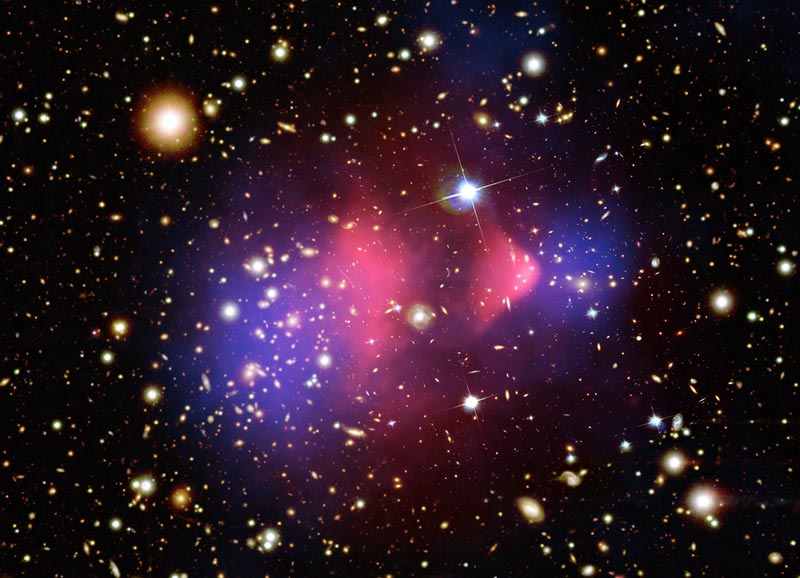
Image Credit: Physicsworld
Plasma physics sets upper limit on the strength of ‘dark electromagnetism’
- Physicists have set a new upper bound on the interaction strength of dark matter by simulating the collision of two clouds of interstellar plasma.
- The study conducted by researchers at Ruhr University Bochum, CINECA, and Instituto Superior Tecnico could challenge existing theories about dark matter, which accounts for over 85% of the mass in the universe.
- The research focused on dark matter interactions in the Bullet Cluster, ruling out significant dark electromagnetic forces and placing constraints on the dark electromagnetic coupling constant.
- The findings suggest that dark electromagnetic interactions must be weaker than previously thought, leading to the need to reconsider many simple dark matter theories.
Read Full Article
16 Likes
Physicsworld
361
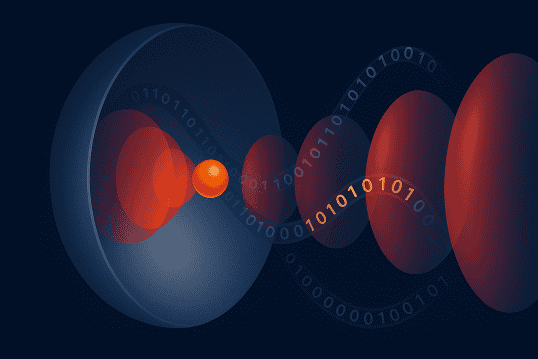
Image Credit: Physicsworld
Quantum effect could tame noisy nanoparticles by rendering them invisible
- Physicists at Swansea University have proposed a technique to eliminate quantum backaction noise in optical traps for nanoparticles, allowing them to remain suspended undisturbed.
- By making the nanoparticle effectively invisible using a specific setup with a hemispherical mirror and a standing-wave laser, the quantum backaction noise disappears entirely.
- This method involves enhancing the scatter of the nanoparticle to block the flow of information, enabling experiments to be conducted at the Heisenberg limit with minimal noise.
- If successfully demonstrated, this technique could lead to quieter and more precise experiments with ultra-sensitive quantum sensors, offering potential insights into quantum gravity.
Read Full Article
21 Likes
Medium
215

A Resonance-Codon Energy Ladder v1: A Unified Hypothesis with Sub-Resonance Structure
- A Unified Resonance Model (URM) proposes a self-similar resonance sequence to explain fundamental energy scales from the Planck realm through quark confinement, atomic ionization, and beyond.
- The Energy Ladder theorem under URM's hypothesis presents a unique solution for emergent energy scales, expressed as E(φ) = E_P exp(−αφ), where E_P is the Planck energy and α is determined by anchors like Λ(QCD) at φ=7.
- Calibration using four anchors reveals α≈2.45, with a pure exponential fit yielding R^2≈0.7428 and a stretched exponent improving to R^2≈0.9105 with β≈0.89.
- The URM introduces the concept of sub-resonance stickiness at a 1/28-scale, leading to slow awakenings and ±1/28 side-bands at energy shifts, inviting experimental validation to explore sliding, sticky emergence across scales.
Read Full Article
12 Likes
Discover more
- Programming News
- Software News
- Web Design
- Devops News
- Open Source News
- Databases
- Cloud News
- Product Management News
- Operating Systems News
- Agile Methodology News
- Startup News
- Cryptocurrency News
- Technology News
- Blockchain News
- Data Science News
- AR News
- Apple News
- Cyber Security News
- Leadership News
- Gaming News
- Automobiles News
Medium
155
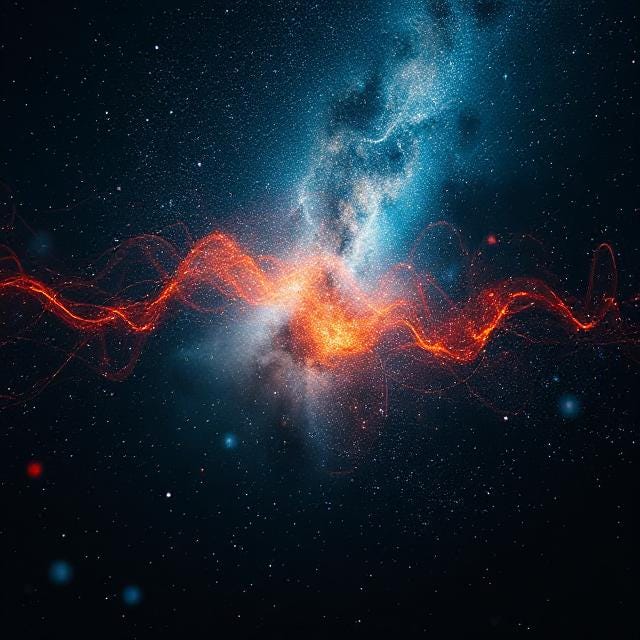
Image Credit: Medium
Time is not real, Motion is real (Legacy of Motion-Based Physics) — Michael Aaron Cody
- The Movement Doctrine redefined time as a secondary artifact of motion and established motion as the primary determinant of system survival, structure, and identity.
- It introduces the concept that intellectual systems, physical phenomena, and symbolic structures persist through continuous deviation and motion (ΣΔm).
- The Movement Doctrine reframes paradox, survival, entropy, and identity as compression effects of meaningful directional deviation, serving as a precursor to the ΣΔm framework and subsequent motion-based physics work.
- This archive edition preserves the original Movement Doctrine to document the historical shift from traditional linear time models to independent development in symbolic motion theory.
Read Full Article
9 Likes
Medium
174
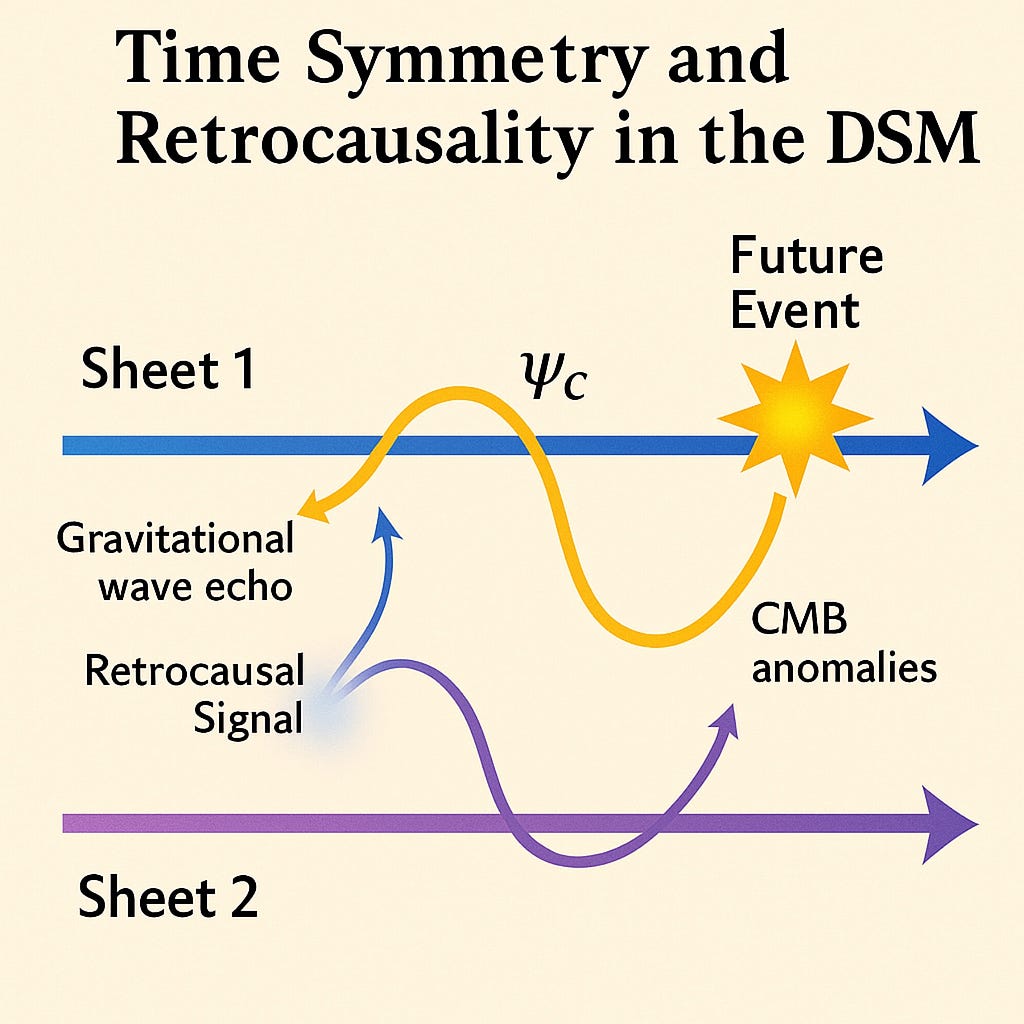
Image Credit: Medium
Time Symmetry and Retrocausality in the Dual Sheet Model: Could the Future Shape the Past?
- The Dual Sheet Model (DSM) envisions a universe with Sheet 1 and Sheet 2, each having its own arrow of time, connected through bimetric gravity.
- Sheet 1 represents our universe with a positive cosmological constant, leading to expansion and the familiar arrow of time where entropy increases.
- Sheet 2 is a hidden mirror realm possibly dominated by antimatter, with a negative cosmological constant that might cause contraction, leading to a backward arrow of time relative to Sheet 1.
- The DSM suggests the possibility of retrocausal signals from the future to the past through interactions between Sheet 1 and Sheet 2.
- Time symmetry allows for interactions that create closed timelike curves (CTCs) where future events influence past ones, challenging standard physics notions.
- Observational signatures of retrocausality, such as time-symmetric echoes in gravitational waves or anomalies in the Cosmic Microwave Background, could be detectable.
- The DSM's implications extend to human cognition, proposing that retrocausal signals might influence phenomena like déjà vu or precognitive dreams.
- The DSM's exploration of time symmetry challenges traditional views on causality, free will, and the connection between human experience and the universe.
- By rethinking time and reality, the DSM invites us to question the nature of time itself and consider the possibility of the future influencing the past.
- The DSM's ideas open new frontiers for science and philosophy, urging further exploration of this cosmic mystery.
- References: Planck Collaboration (2020) and LIGO Scientific Collaboration and Virgo Collaboration (2016).
Read Full Article
10 Likes
Medium
114
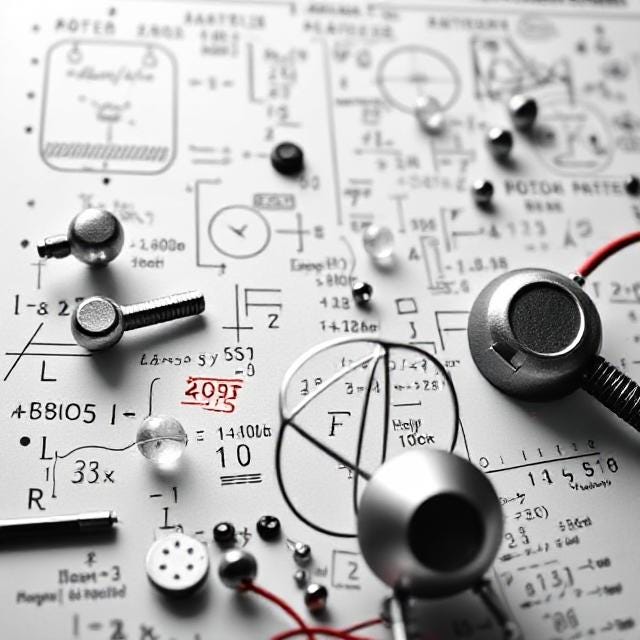
Image Credit: Medium
Intermediate Motion Math: A Motion-Based Introduction to Mathematical Thinking — Michael Aaron…
- Intermediate Motion Math builds on the foundations introduced in Beginner Math v2.0 by advancing learners into structured symbolic thinking based on motion, deviation, and survival logic.
- It expands the application of ΣΔm and Eᴹ = 0 into applied mathematical modeling, reframing mathematics from static equation solving to dynamic motion-based logic systems.
- Students using this doctrine will learn to view equations, systems, paradoxes, and survival models as recursive motion constructs, focusing on how symbolic structures evolve over time.
- This is the first intermediate guide of the Recursive Symbolic Physics series for motion-based learning, focusing on understanding how structures emerge from deviation and persistence.
Read Full Article
6 Likes
Medium
320
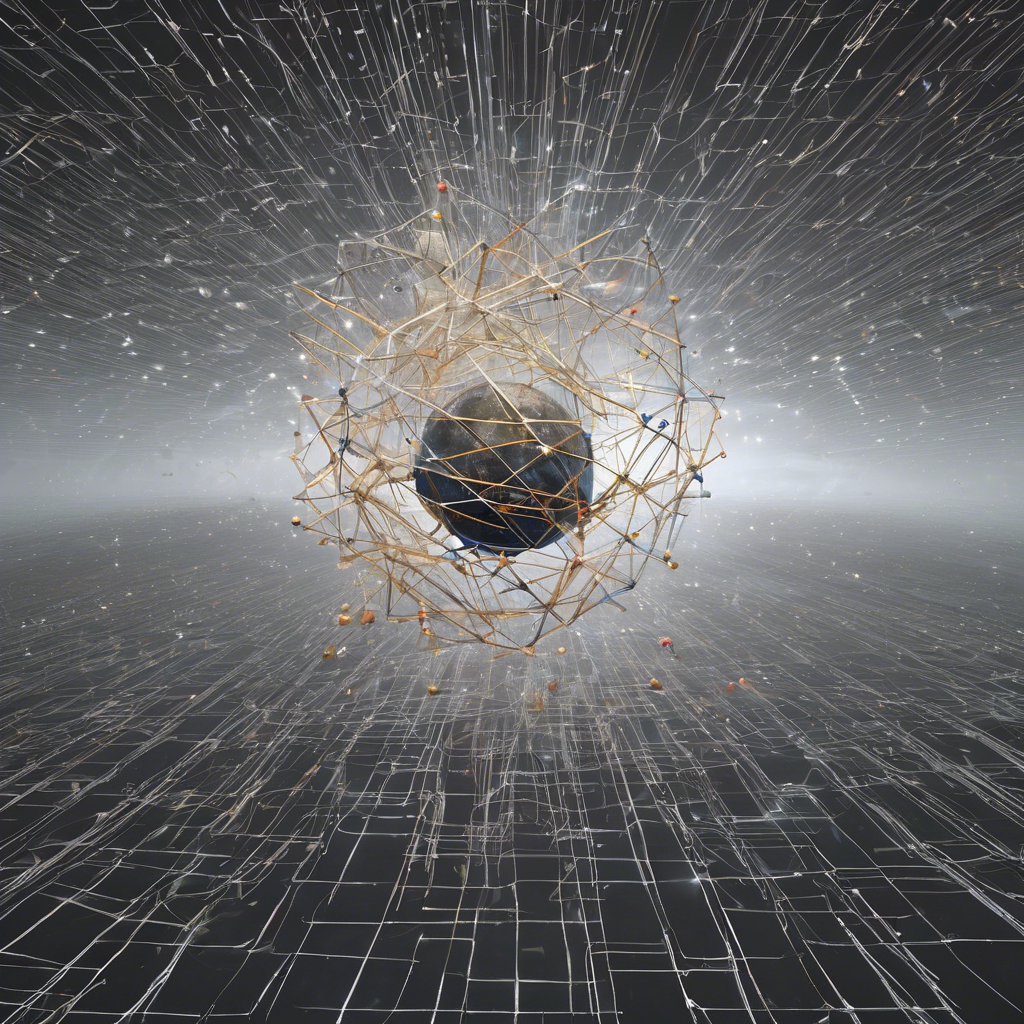
Image Credit: Medium
The Motion Based Physics — ΣΔm & The Collapse of Entropy (Eᴹ = 0) — Michael Aaron Cody
- ΣΔm & The Collapse of Entropy (Eᴹ = 0) introduces a new physics and philosophical framework emphasizing time, motion, and entropy.
- It challenges the traditional concept of linear time by focusing on directional motion (ΣΔm) and proposes the principle Eᴹ = 0, suggesting that entropy diminishes in the presence of purposeful motion.
- The model explains identity, system resilience, paradox survival, and failure modes of artificial or biological intelligences, exploring symbolic recursion as a basis for coherence.
- This foundational framework of symbolic physics emphasizes the precedence of motion over observation and measurement, combining ΣΔm V1 + V2 frameworks into a consolidated version for public release.
Read Full Article
19 Likes
Medium
373
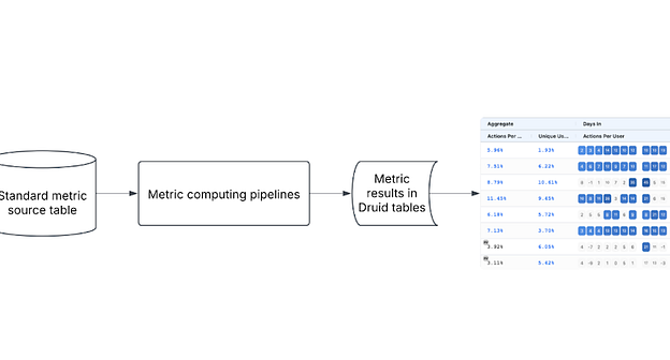
Image Credit: Medium
500X Scalability of Experiment Metric Computing with Unified Dynamic Framework
- Pinterest utilizes experimentation as a key driver of decision-making, computing over 1,500 metrics daily by the end of 2024.
- Challenges of delays in data ingestion, backfilling metrics, and scalability issues led to the development of the Unified Dynamic Framework (UDF).
- UDF has increased scalability by supporting up to 500X metrics, reduced engineering time, and standardized metric processing.
- The Helium platform at Pinterest supports end-to-end experiment analysis, allowing users to define custom action types and analyze aggregated metrics.
- The Metric Computing Workflow involves data ingestion into standard tables and computation into Druid tables for visualization on Helium dashboards.
- UDF addresses challenges by using Dynamic DAGs to manage upstream dependencies, prevent duplicate computations, and automatically backfill skipped metrics.
- The framework also includes features like notifications for delays, tracking of metric processing, and a unified tracking system for governance and automation.
- UDF simplifies pipeline creation, separates metric computation from pipeline creation, and leverages Experiment Metrics Metadata system for streamlined management.
- Pinterest saw significant improvements in developer velocity, flexibility, scalability, speed, and reliability after implementing UDF.
- UDF standardization across the platform led to faster metric delivery, improved innovation, and better business outcomes.
- The framework is designed to continue empowering experimentation and delivering value to Pinterest users.
Read Full Article
22 Likes
Physicsworld
119

Image Credit: Physicsworld
Delta.g wins IOP’s qBIG prize for its gravity sensors
- Delta.g, a UK-based company, has won the 2025 qBIG prize awarded by the Institute of Physics (IOP) for its gravity sensors.
- The company specializes in making quantum sensors that measure the local gravity gradient using atom interferometry technology.
- The qBIG prize, sponsored by Quantum Exponential, includes a £10,000 cash prize, mentoring, and business support for Delta.g.
- The IOP commended two runners-up, Neuranics and Smith Optical, for their innovative quantum sensor and augmented reality display technologies, respectively.
Read Full Article
7 Likes
Github
36

Image Credit: Github
GitHub Issues search now supports nested queries and boolean operators: Here’s how we (re)built it
- GitHub has enhanced its Issues search functionality by introducing support for nested queries and boolean operators, enabling users to construct complex searches using logical AND/OR operators and nested parentheses.
- The development of this feature involved challenges such as maintaining backward compatibility, ensuring performance under high query volume, and creating a user-friendly experience for nested searches.
- The new syntax allows users to build queries across all fields using logical operators, for example, finding all issues that are open, authored by a specific user, and of certain types.
- Previously, Issues search only supported a flat list of query fields and terms joined by a logical AND. The community's demand for more flexibility in search led to the implementation of advanced search capabilities.
- The technical architecture involved swapping out the existing search module with a new module capable of handling nested queries while supporting the existing query formats.
- The development process included stages like parsing the user input, transforming it into an Elasticsearch query document, and executing the query against Elasticsearch.
- To ensure backward compatibility, extensive testing was conducted, and a validation process was implemented, comparing results from the old and new search systems.
- Preventing performance degradation was a key consideration, with strategies like running equivalent queries against both systems and carefully refactoring critical paths using scientist, a Ruby library.
- User experience was preserved by limiting the number of nested query levels, providing helpful UI cues, and collaborating with product and design teams.
- The rollout of the new feature was done cautiously to minimize risk to users, with a phased integration approach and internal testing before wider release.
Read Full Article
2 Likes
Fyfluiddynamics
247
Image Credit: Fyfluiddynamics
Inside Hail Formation
- A new study challenges the conventional wisdom that hailstones form through repeated trips up and down through a storm.
- Researchers found that most hailstones grew without any reversal in direction, with only a small number experiencing multiple cycles.
- Hailstones larger than 25mm in diameter were observed to have at least one period of growth during lifting.
- While smaller hailstones may not cycle in a storm, the largest hailstones typically climb at least once before descending.
Read Full Article
14 Likes
Knowridge
215

Image Credit: Knowridge
Why eggs are less likely to crack when dropped on their side
- A new study published in Communications Physics challenges the belief that an egg is stronger if it lands upright.
- Eggs are less likely to crack when dropped horizontally compared to when dropped vertically.
- Research found that eggs are more flexible around their equator, allowing them to absorb more energy and resist breaking when dropped on their side.
- The study suggests that understanding how objects like eggs respond to pressure could inspire stronger, more resilient structures in engineering.
Read Full Article
12 Likes
Physicsworld
316
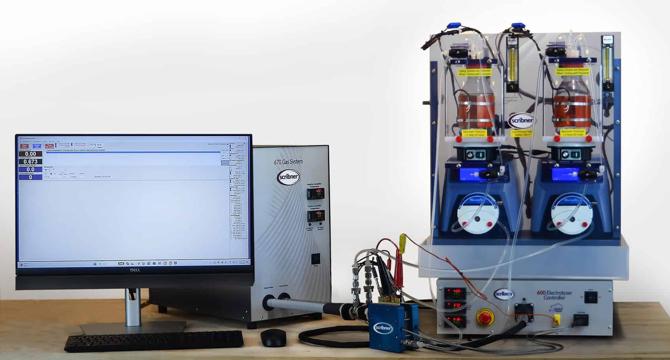
Image Credit: Physicsworld
Electrolysis workstation incorporates mass spectrometry to accelerate carbon-dioxide reduction research
- The electrochemical reduction of carbon dioxide is an important industrial process with potential to capture and utilize carbon dioxide.
- Developing efficient electrochemical processes for carbon-dioxide reduction is crucial for R&D, involving catalyst and electrolyte optimization.
- Challenges in operating electrochemical systems include maintaining proper gas humidification and minimizing carbonate production.
- The 670 Electrolysis Workstation by Scribner offers a flexible and customizable system for testing materials and developing carbon-dioxide reduction systems.
- The workstation features gas diffusion electrodes, membranes for ion migration control, and a ±20 A and 5 V potentiostat for accurate operation.
- It is controlled by Scribner’s FlowCell™ software, providing full control, monitoring, and safety features for various experimental protocols.
- Gas handling units in the workstation supply humidified gas crucial for converting carbon dioxide to products like methane and syngas.
- The integration of mass spectrometry, such as Hiden Analytical's HPR-20, enables continuous gas analysis and optimization of electrochemical processes.
- Pulsed-mode operation in electrochemical cells helps minimize carbonate production, and real-time monitoring with mass spectrometry aids in optimizing gas production.
- Scribner is working on improving system time resolution and boosting the current capacity of the 670 Electrolysis Workstation for better research capabilities.
Read Full Article
19 Likes
Physicsworld
68
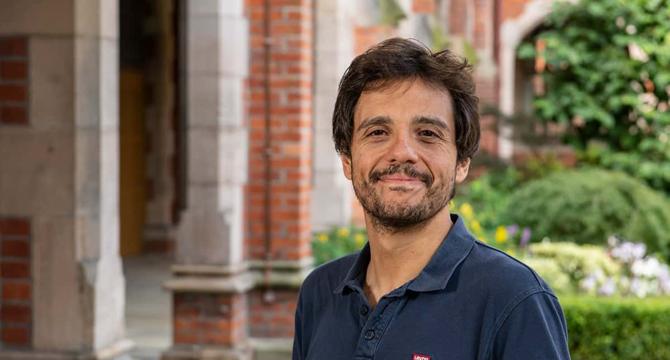
Image Credit: Physicsworld
‘We must prioritize continuity and stability to maintain momentum’: Mauro Paternostro on how to ensure that quantum tech continues to thrive
- The quantum technology landscape is rapidly evolving, with progress in error correction, hybrid classical-quantum architectures, and quantum sensor commercialization.
- Physicist Mauro Paternostro discusses recent quantum technology developments, including advances in quantum error correction for large-scale registers and the potential impact of Microsoft's topological quantum processor.
- Progress in quantum-sensing devices, atomic quantum clocks, and hybrid quantum-high-performance computing architectures is paving the way for practical applications outside the lab.
- To ensure the quantum sector fulfills its promises, continuity of funding, stability, and education programs like a Quantum Erasmus initiative are crucial.
- The overlap between quantum technology and artificial intelligence offers promising opportunities for innovation in data processing, analysis, and forecasting.
- The International Year of Quantum Science and Technology (IYQ) aims to raise global awareness about the potential of quantum technologies and could mark a transformative era.
- Mauro Paternostro reflects on the 10th anniversary of Quantum Science and Technology journal and its growth in submissions, focus areas, and editorial initiatives in line with IYQ.
- Moving forward, QST aims to lead in disseminating advancements in quantum technologies, with a focus on machine learning-enhanced quantum information processing and interdisciplinary studies.
- Paternostro highlights the journal's commitment to Purpose-Led Publishing, emphasizing integrity, ethics, and transparency in scientific endeavors.
- The article is part of Physics World's contribution to the 2025 International Year of Quantum Science and Technology, aiming to elevate global awareness of quantum physics and applications.
Read Full Article
4 Likes
For uninterrupted reading, download the app